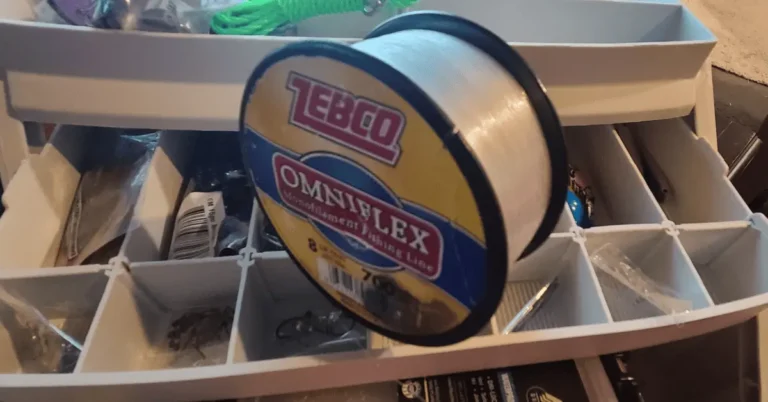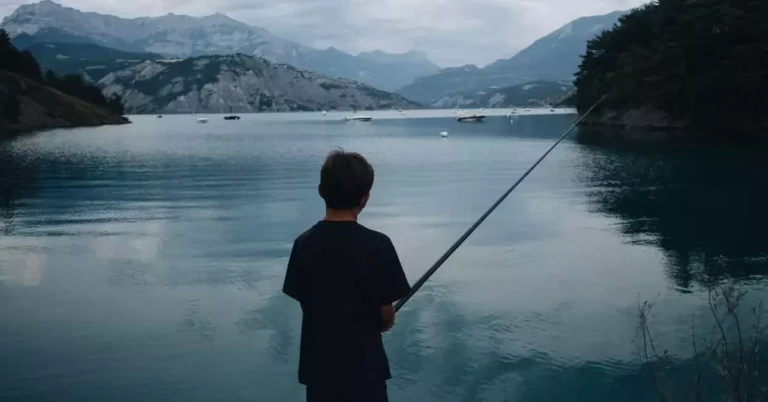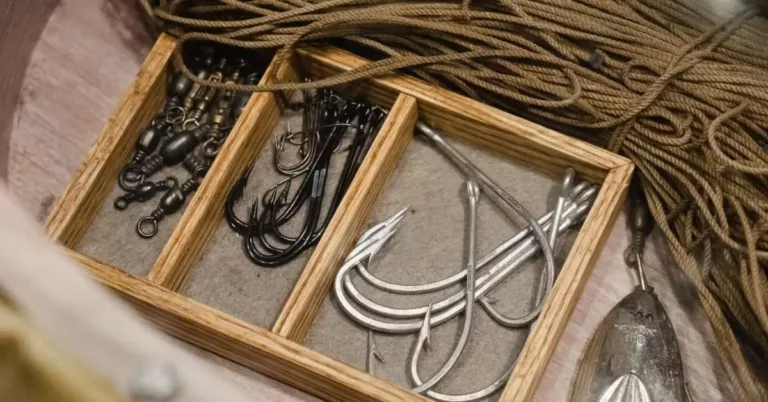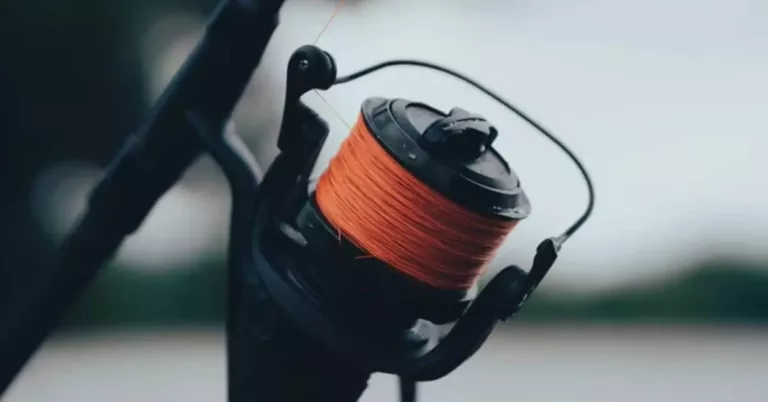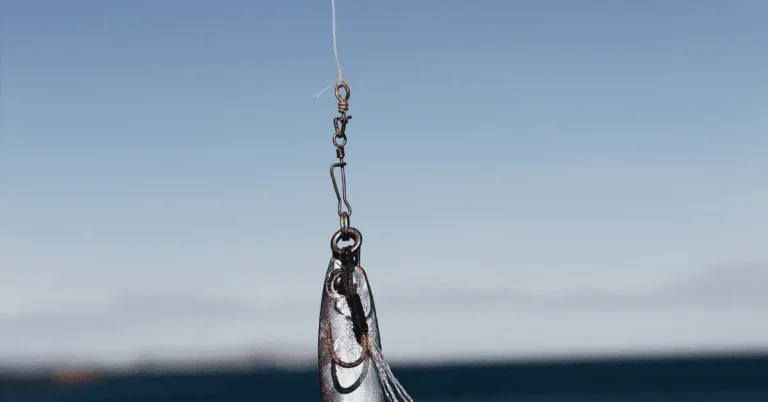Crappie are Terrible for Ponds; Here’s Why
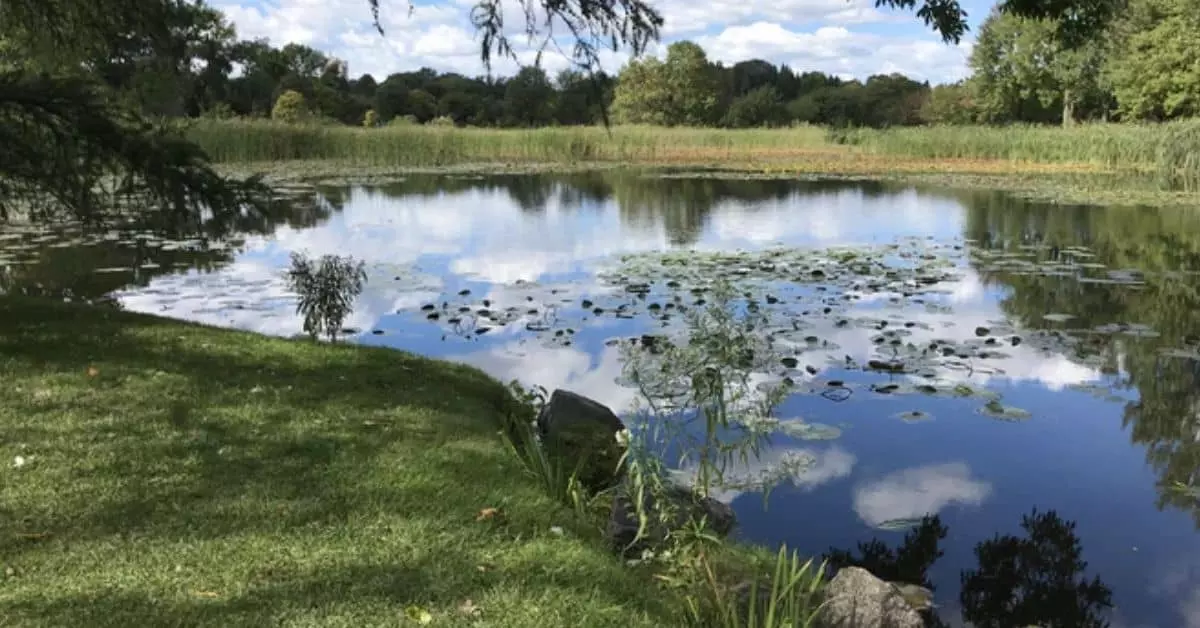
Introduction to Crappie & Ponds
Crappies are a freshwater fish popular for their taste and fight when caught. However, many people think it is crazy to try and stock crappie in ponds. Though the reason why may not be immediately obvious.
So here is the primary reason that crappie are bad for ponds.
Most ponds are stocked with bass for sport fishing. By introducing crappie which have altogether higher spawning rates the food supplies are immediately devoured. This can demolish the bass population.
Why Crappie Can Be Bad for a Pond
The main reason that crappie can harm a pond is their food consumption. Crappie eat much the same foods as other popular species found in ponds, specifically that of bass and bream.
When there are low numbers of Crappie in a pond the species tend to balance out. This is because bream and bass eat somewhat different foods. With the bass keeping the bream population in check.
When crappie are introduced even in small numbers they can quickly and suddenly change this balance. Crappie may have sudden explosions when breeding, with numbers remaining low for several years, and then without explanation raging out of control.
This huge influx of small crappie fingerlings then proceed to consume all of the food in a small pond in a short amount of time. Juvenile crappie consume zooplankton which is needed by other small fish such as bream, shad and other small sunfish.
The mass consumption of the zooplankton and soft foods such as minnows,shad and crayfish lead to starvation and stunting of the bream, shad and sunfish. All of these are primary food sources for both larger crappie and bass leading to further conflict between species.
Once the crappies have consumed all of the soft foods they will even begin eating the bream.
The other issue caused by crappies’ food consumption is that they do not different in foods based on their sizes. Where a bass will just consume the largest option available a crappie will consume any food source no matter the size.
This often results in mid to large sized crappie eating all of the food needed by a 1 to 3 lb bass. This stunts the growth of your bass population.
How to Control the Population of Crappie in Your Pond
If crappie already inhabit your pond then adding more may still be detrimental to the balance but you can try to control this in a few different ways. Here are three that you can try.
Add More or Protect the Largemouth Bass
You can order additional bass in the one foot range to stock your pond with.
These bass tend to consume the smaller crappie as a food source, which in turn results in more food for the fewer crappie you have remaining.
If you are combating a crappie population then avoid harvesting smaller bass. They will aid in the consumption of the crappie fingerlings.
Larger bass however, tend to be lazier feeders and will simply eat 1 larger fish versus chasing down several smaller fingerlings, meaning that in most cases large bass rarely encounter large crappie due to their preferred habitats.
A Winter Drawdown
Another way to get rid of a portion of your crappie population is through a winter drawdown. Drain or remove about half of your normal water level from the pond.
This reduction in volume of water will make it easier for the bass to locate and consume the smaller crappie while also reducing some of the availability of food for the crappie. Without this reduction in water levels bass will have to expend far more energy in order to catch and eat the excess crappie.
The pond can then be refilled in the spring by rains or well pump.
Introducing More Aggressive Species
A final option to combat overpopulation by crappie is to introduce hybrid striped bass. These are very aggressive and will actively go after anything that will fit into their mouth. In addition they grow very quickly reaching 12 inches in a year and often five pounds or more within 3 years. However, they are incapable of creating an overpopulation issue since they do not reproduce.
This makes hybrid stripers an ideal option for fighting a crappie population even in a smaller pond.
Do’s and Don’ts of Managing Crappie Population
If you have decided that you prefer crappie over the other species then consider stocking your pond with black crappie.
White crappie tend to spawn much faster laying as many as 30,000 eggs per pound of weight. This is opposed to around 4000 eggs for a largemouth bass and about 15000 for black crappie.
This higher spawn rate results in much higher numbers when the white crappie spawn leading to overpopulation and starvation of the larger fish.
Another consideration is your water clarity. Since crappie are sight feeders the water needs to be semi clear most of the time. Semi clear is being able to see an object in about two feet of water.
In order to maintain a successful balance year round fishing to cull some of the crappie is necessary. Placing brush piles in moderately deep water can help with knowing where the crappie are going to school together.
Return any small brim and the majority of bass while you keep the crappie and you may be able to maintain a stable relationship.
Conclusion: Where Do We Go From Here?
It is essentially a given that crappie will demolish a more modest bass pond. Assuming you decide that you wish to stock crappie in your pond, get around twelve large black crappie per acre.
If you know that the pond is over crowded with bass , you will need to catch and eliminate any bass that are bigger than 15 to 16 inches. These are large enough to consume your crappie and burn-through the entirety of the fingerlings.
Understand that regardless, the ideal balance of crappie fishing in a pond is hard to keep up with for more than a few years.
On the off chance that the pond balance escapes, you should add a few dozen adult bass that are at least a foot long to diminish the population of crappie. In the event that your lake is swarmed with white crappie even this may not be sufficient.
The primary concern to think about however is that it is uncommon to have extraordinary crappie and bass fishing in a smaller pond. Mainly due to the contention between their species.
If your pond is smaller than twelve acres or somewhere in the vicinity it is nearly impossible to have a nice bass populace should crappie be presented even in small numbers.
One likely alternative in case you are beginning a pond is to stock crappie and feeder fish like minnows and shad. Then, at that point in a year or 2 include a population of hybrid stripers.
The stripers will not eat the biggest of your crappie because of their smaller mouths. However, they will assist with holding the crappie population within proper limits by eating the fry. Also a striper makes an extraordinary game fish because of its forceful nature and hard hitting strikes.

